The Best $600 I Spent Right Away On My New Travel Trailer
Buying a travel trailer for the first time is a pretty exciting and terrifying experience.
Whether you’re considering a used travel trailer or a new travel trailer, so many questions swirl around in your head as you struggle to get your bearings in this entirely new world.
Questions like:
What are the best travel trailer tires?
If I buy a new travel trailer, will this salesperson tell me the whole story and be completely straight with me?
Am I getting a good deal on this new travel trailer or getting completely ripped off? What is the REAL markup on this thing?
If I buy a used travel trailer, am I going to miss a major defect (can you say — water damage?) and be out thousands of dollars to repair it?
Am I 100% sure I will be able to safely tow this travel trailer with my current tow vehicle?
Why am I seeing so many stories about tire blowouts on these travel trailers, and how can I avoid that mess?
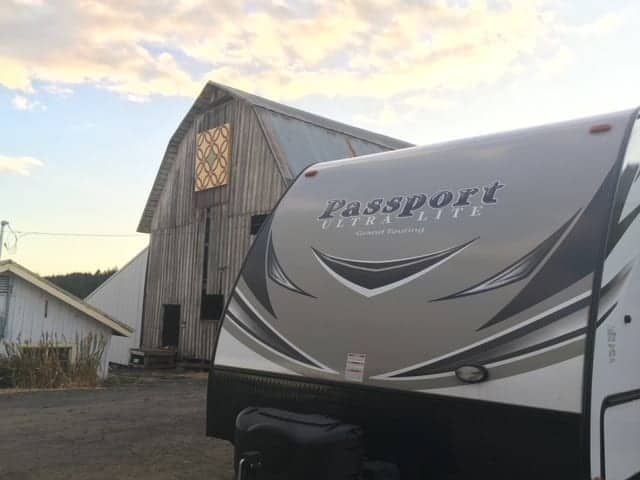
If you’re anything like me, these questions and about 643 others are dominating your brain right now as you consider a travel trailer purchase.
And it can be so exhausting and overwhelming. Believe me, I get it.
I was right there about 18 months ago as we made our first ever RV purchase with plans to hit the road full-time for at least a year.
I. Was. Clueless.
Trust me, the weight of my cluelessness made it hard to breathe sometimes knowing I was about to live in this thing with my family of five.
Honestly, my hands are getting a little sweaty reliving it now. No joke.
The Horror Stories I Encountered
As I worked really hard to not be quite so clueless, to make sure I wasn’t missing some crucial piece of this travel trailer puzzle, I kept seeing the same thing.
On RV forums, in YouTube videos and in blog posts, I kept seeing horror stories about travel trailer tire blowouts on the highway.
But you’re thinking, “Come on, what’s the big deal? Just swap out the tire and be on your way. Don’t be such a baby.”
Not cool man. Not cool at all. You cut me real deep there.
We’re not just talking about simple blowouts here. These folks weren’t back on the road in 30 minutes with content and relieved smiles on their faces.
Nope, these blowouts were significant events that caused extensive damage to their travel trailers or fifth wheels. Blowouts that took out a good portion of the RV kitchen with them because they were so powerful!
What in the freak? How is that possible? What did they do wrong?
And most importantly, I knew that I had to find out how I could do my absolute best to avoid the same dreaded outcome for my journey.
Why I Spent $600 on the Best Travel Trailers Tires for My Brand New RV
*Let me start off with a quick disclaimer here: I am NOT an expert on trailer tires and don’t claim to fully understand every aspect of them. You should consult the experts (if they exist) before making your own decision and travel trailer tires purchase.*
Through my dread-fueled research, here’s what I discovered about the tire situation on my new 26-foot travel trailer (2017 Keystone Passport Ultra Lite Grand Touring 2670BH):
- The shipping (empty) weight of my travel trailer is 5,085 lbs
- The maximum carrying capacity of my travel trailer is 1,875 lbs according to Keystone’s website, but only 1,720 lbs according to the info sticker on the side of trailer. Hmmm…
- Listed Gross Vehicle Weight Rating (GVWR) for my travel trailer is 7,000 lbs (which almost matches with the empty weight and max carrying capacity listed above [6,960 lbs])
- The Trailer King tires that came on my new travel trailer were 6-ply with a Load Range C (max load of 1,760 lbs per tire @ 50 psi, so 1,760 x 4 = 7,040 lbs max load)
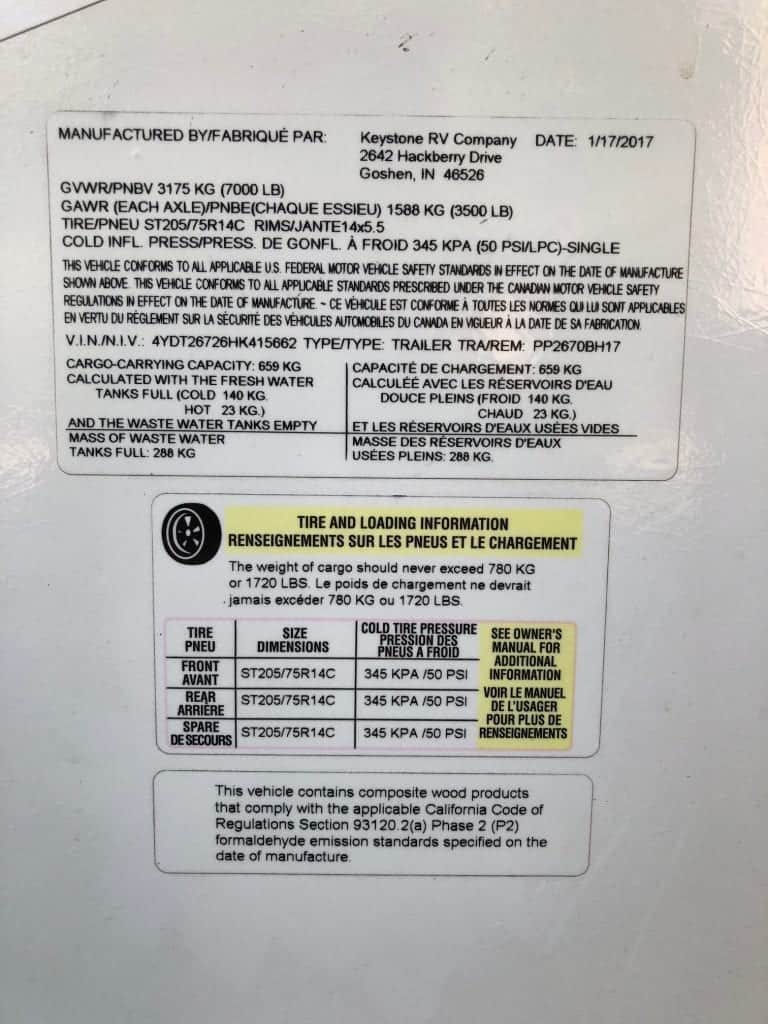
So, what’s the bottom line from all of these crazy numbers?
I know…lots of acronyms, terminology and numbers. So, let’s cut to the chase:
If I were to load my trailer up with the max load of cargo they state on Keystone’s website (1,875 lbs), I would be within 80 lbs of the max load for the included 6-ply Load Range C tires.
And remember, this is the max load for the tires IF they are always properly inflated at 50 psi. If the psi dropped a few pounds before I could find a place to inflate back to 50 psi, my tires would become ticking time bombs rather quickly.
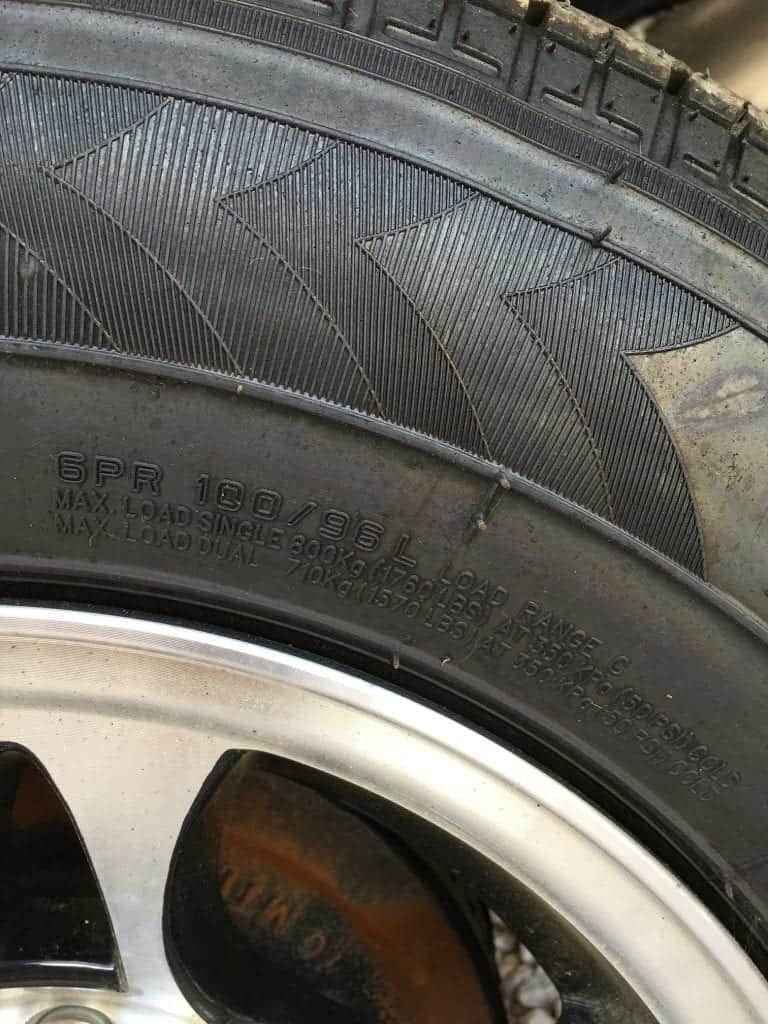
What if I can keep the tires properly inflated?
Even if I could guarantee that my tires stayed at 50 psi all the time (there are significant fluctuations in PSI with temperature changes), I still would have absolutely no safety margin between the trailer’s GVWR (7,000 lbs according to the info sticker) and the max safe load for the 6-ply Load Range C tires (7,040 lbs).
In essence, hitting the road for a full-time adventure with those tires on my travel trailer would have been a recipe for immediate and multiple blowouts.
Clearly, those were not the best travel trailer tires for my circumstances and needs.
———————————————–
**Quick side note–If you are living in this travel trailer world and trying to get up to speed on accessories you should consider buying before hitting the road, I highly recommend you check out these other travel trailer posts we’ve written recently:
- Top 15 RV Accessories for Water, Sewer and Electric
- Top 5 RV Camping Accessories for Hard Core RVers
- My 7 RV Kitchen Essentials and Tips
- 5 RV Internet Solutions to Keep You Productive and Entertained on the Road
- Our All Time Favorite Travel Trailer Accessories
—————————————-
But I’m just a Weekend RVer!
Hitting the road for a weekend getaway with the family in your travel trailer? Not really much of a problem since you might have 300-500 lbs of cargo along for the ride. Plenty of safety margin left for the included tires on my travel trailer.
These tire safety observations I’m providing here really do apply far more to the fulltime RVer than to the typical travel trailer owner. But even if I was just a weekender, I would still consider putting the extra money into my tires for added peace of mind.
So…what about that $600 I spent?
Within just a couple of weeks of purchasing the travel trailer, I spent about $600 putting four new Goodyear Endurance Load Range D tires on her. This included tires, installation and road hazard warranty so they could be replaced free of charge if I had any problems.
Can I say 100% that these were the best travel trailer tires I could put on my new travel trailer? No. But I knew they were quality, from a reputable brand, and provided me with a max load safety margin I was comfortable with.
And that gave me the peace of mind I was looking for.
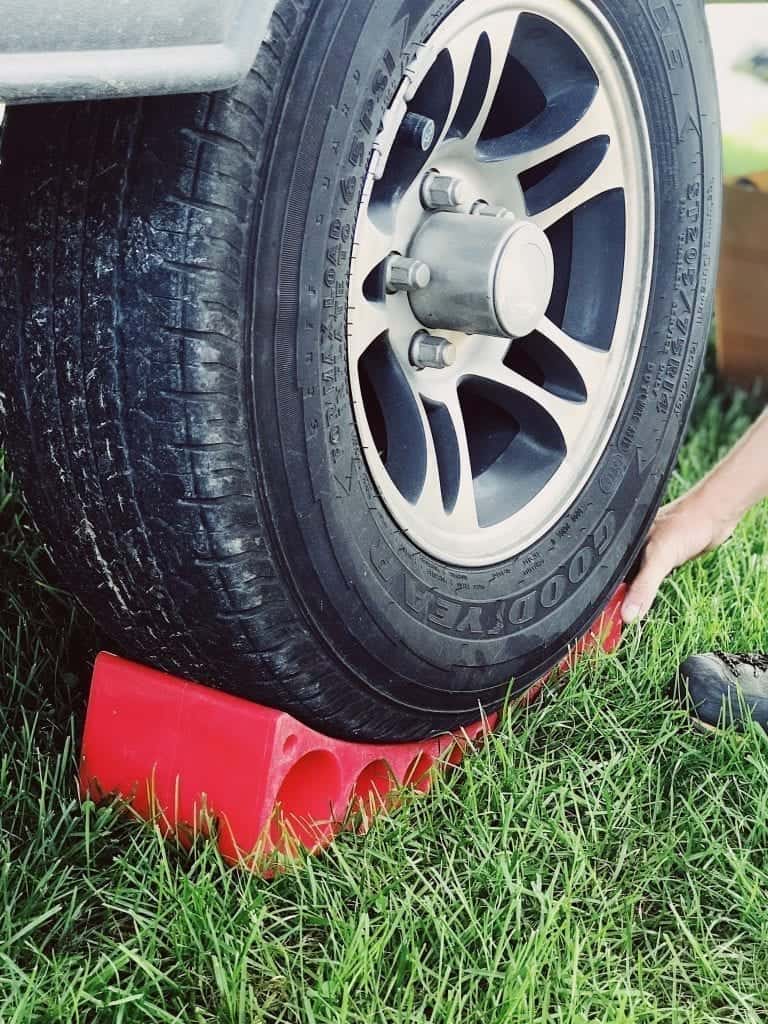
(In case you are wondering about those red wedges under my tires, they are Andersen Levelers that I purchased on Amazon. More SMART money I spent before hitting the road. Simplest and quickest option to level your travel trailer that you will ever come across!)
Properly inflated to 65 psi, each of these Goodyear tires has a max load specification of 2,040 lbs (x 4 = 8,160 max load). This gives me a safety margin of 1,160 lbs (8,160-7,000) instead of 40-80 lbs!
And as a bonus, they have a speed rating of 87 mph. (No, I don’t drive that fast. But still….)
For me, that was peace of mind I was happily willing to purchase!
How Have the Tires Performed After Spending All That Money?
After about 16-17 months old and have well over 30,000 miles on them, we still didn’t have a single issue. Not one. All I’ve had to do is keep them properly inflated.
Yeah, I spent really good money there.
**Note: When upgrading your tires, you must also ensure that your wheels have an adequate load range as well for the weight you are planning to carry.
If the wheels on my trailer were still only able to carry a total of 7,000 lbs, then upgrading the tires might save me from some blowouts but might open me up to other significant issues.
Again, do your research and consult expert resources to ensure you stay safe out there!**
Speaking of Peace of Mind…
So, I spent $600 on new tires for my new travel trailer. Frustrating after just spending $20k+? Yes. But as they say: It is what it is. 🙂
Knowing that I was about to put tens of thousands of miles on those tires in the coming year, however, I still felt the need for one more layer of security with my tire situation. (Hey, maybe I watched WAY too many of those tire horror story videos.)
Enter the Tire Pressure Monitoring System (TPMS) from TireMinder
This handy little device monitors the pressure and temperature of your tires while on the road.
If either pressure or temperature fluctuates out of acceptable ranges, or changes drastically in a short period of time, this TPMS system will alert you immediately with a loud beeping sound.
This simply helps you to become aware of possible issues with your tires before a dangerous and costly blowout occurs. You can quickly pull over and take a look at the problem tire with the option to change it out with the spare if you see an obvious issue.
(Even the best travel trailer tires on the planet can still have a problem if you encounter a road hazard, extreme heat, etc.)
I know, pretty genius right? I had no idea something like this existed before owning a travel trailer. But now, I am so glad I have it, and it sits right in front of my face on every drive we make around the continent.
**Note: I had to purchase a TireMinder TPMS signal booster separately in order for the signal from the monitors on my trailer tires to reach the display device. The TPMS system I purchased, at least, is designed for a car or truck, so signal loss is not an issue if they are used on your vehicle.
But putting them on the trailer created the need for this additional purchase, so be aware of that. If you have an exceptionally small trailer (12-16 ft?), this booster may not be necessary. You’ll only really know by trying it out.
But What If I Don’t Want to Spend All This Money?
Look, if you have to choose between quality tires that you can be confident in or a tire pressure monitoring system to monitor your crappy tires, BUY THE NEW TIRES.
I can’t stress that enough. The TPMS system is a very nice item to have, but you can’t underestimate the importance of high quality tires to keep you and your family safe.
Don’t waste hours and hours trying to track down the best travel trailer tires because that really does depend on your particular circumstances. Find a good brand with a great reputation that produces a tire that will give you a margin of safety depending on the max load you expect to carry in your travel trailer.
Then get out there and keep on TREKKN! Enjoy, and above all…be safe.
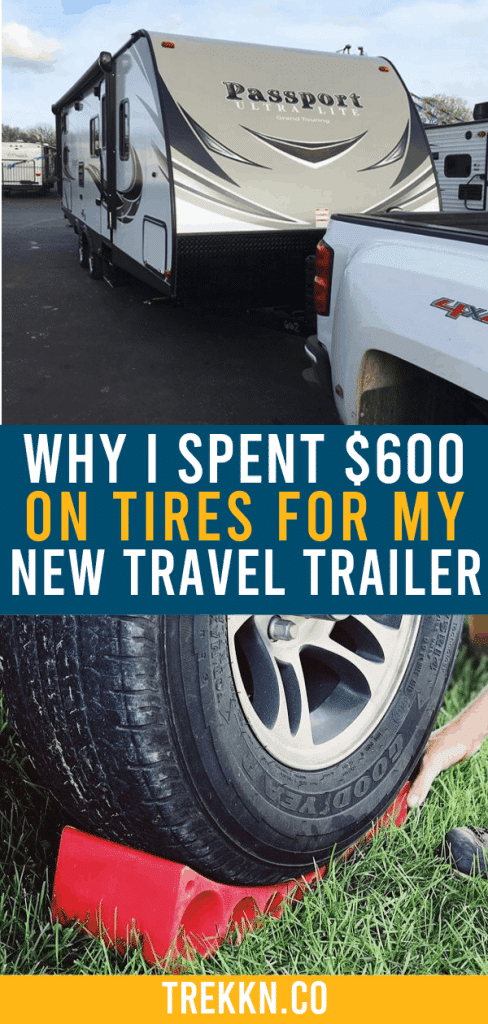

Todd loves a competitive game of table tennis, a breathtaking hike, and exploring new places. He lived and traveled in an RV with his family as they traveled throughout much of the US and parts of Canada. Todd has extensive knowledge about RV travel, safety, and accessories and has shared many of his stories here on TREKKN. When he’s not busy launching and building small businesses, you may find him staring at pictures of Glacier National Park (probably his favorite spot on earth).



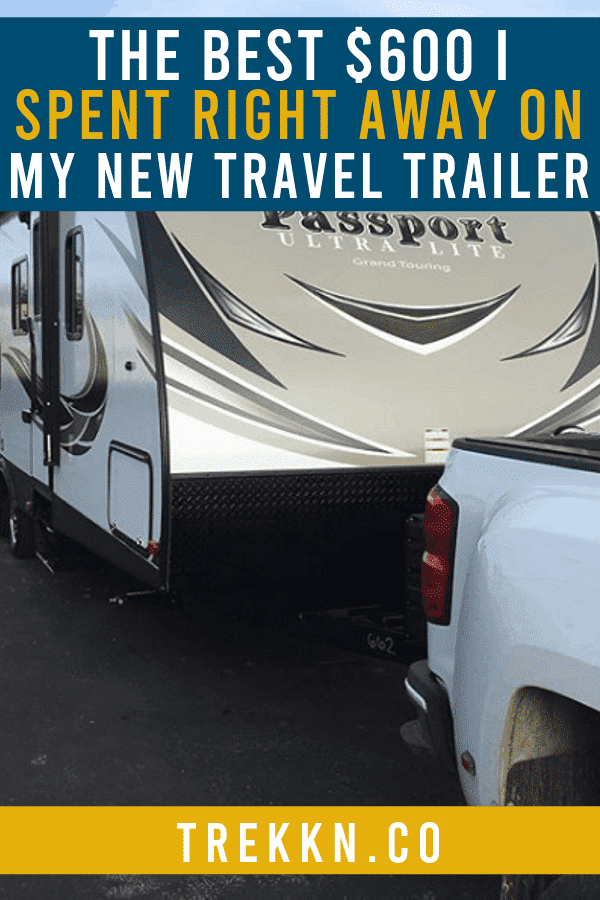
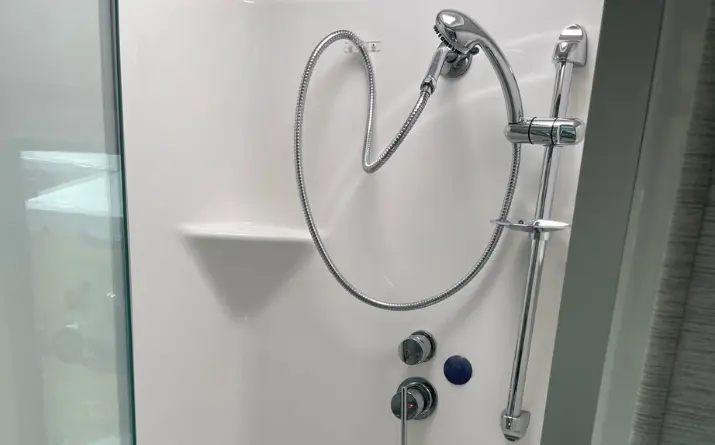
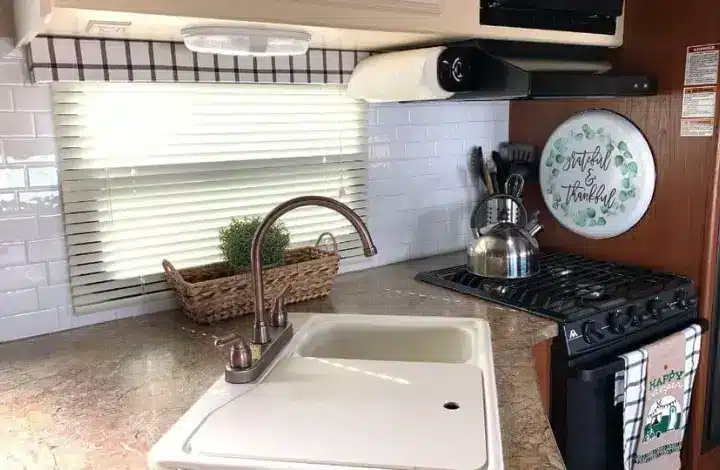
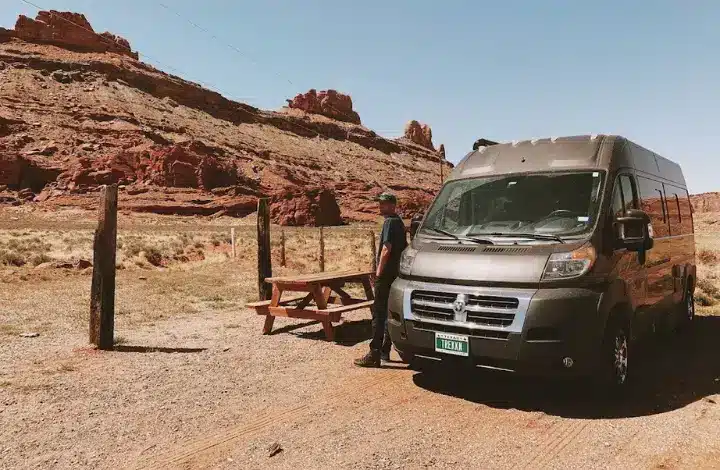
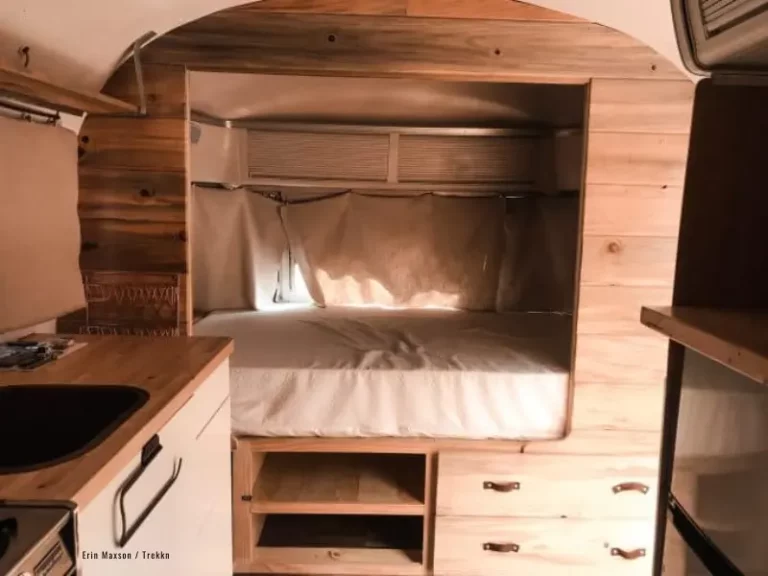
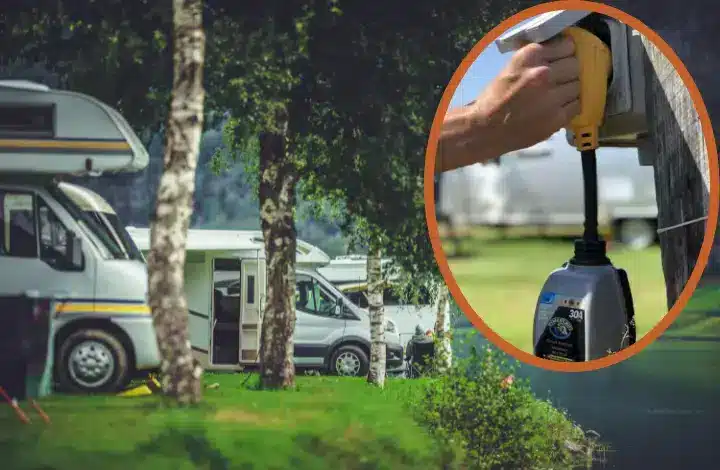
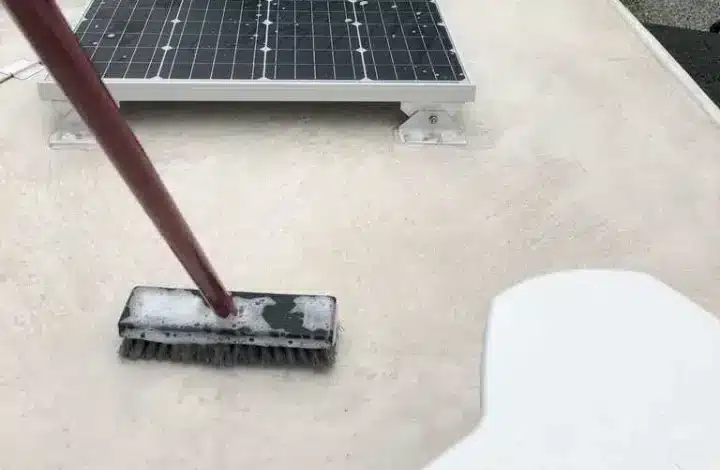
Also, the sturdier tires will reduce trailer sway (true for the towing vehicle as well). Tires also flex side to side and when under load they can flex a lot – so stiffer tires will reduce the side to side harmonics that can lead to trailer sway. Just one more benefit of having better tires on both the trailer and tow vehicle.
Those are some excellent points, VR! Really appreciate you adding to the conversation.
Bottom line: You CAN’T go wrong with an upgraded tire!
My wife and I have camped for over 20 years. Three years ago we bought our first Fifth wheel. On our last outing of the year I had a blowout on the way to our destination. After tire change we made it in good time to camp. I had a second blow out on our way home. I check my pressure before each trip and if a tire is off 2 pounds or more I correct it. I haven’t had a flat tire before this. I found out after getting home the tires that came with the camper were know a China bombs. You were very smart changing to the tires you did. I put Goodyear’s on all five rims and haven’t had a problem since. If I ever buy another new camper I will insist on what tire’s are on it. Trying to find a tire on a Sunday afternoon is near impossilble.
Hey Jeff! Sorry for the late reply…getting back into the swing of things.
Yes, when I say I was HAPPY to spend that $600, I really mean it. And I’m glad your tire issues, while obviously a headache, did not cause any injuries or permanent damage to the rig.
Here’s to happier travels with quality tires!